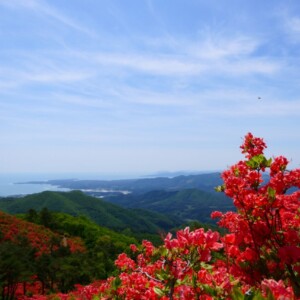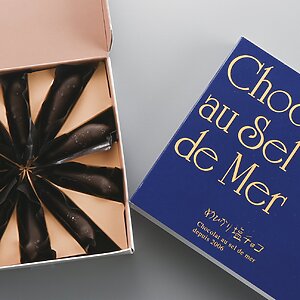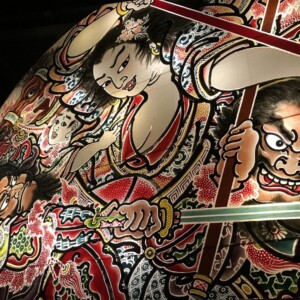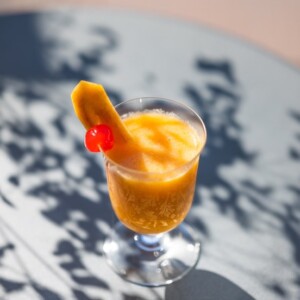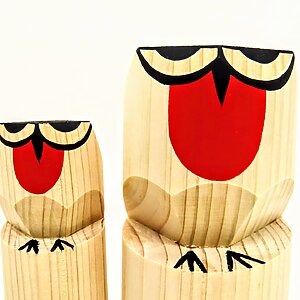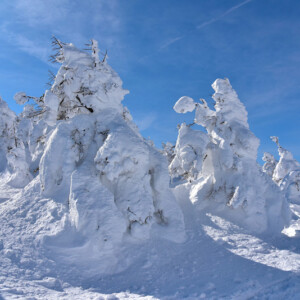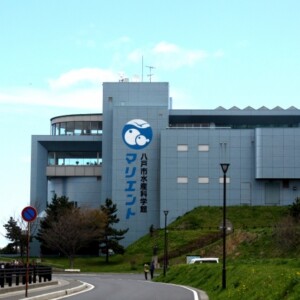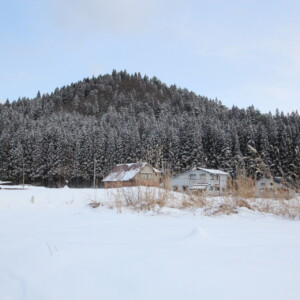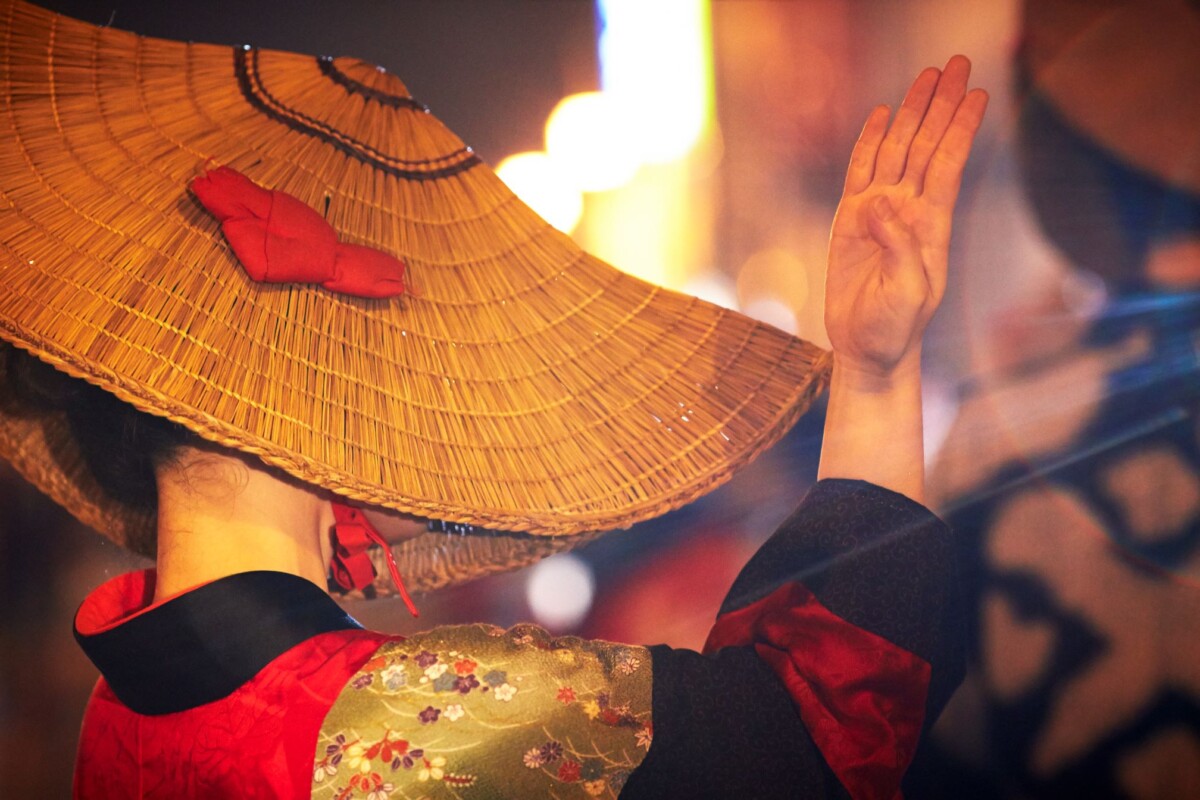
[Recommended Autumn Festivals: Akita Edition] 3 History and Traditional Akita Autumn Festivals
table of contents
- 1 When does the "Autumn Festival" start and end?
- 2 What is the definition of festival?
- 3 Nishiba Onnai Bon Odori (Ugo Town: August 16th to 18th)
- 4 Hanawa Bayashi (Kazuno City Hanawa: August 19th to 20th)
- 5 Kakunodate Festival Yama Event (Kakunodate, Semboku City: September 7th to 9th)
- 6 summary
- 7 Autumn Festival Series of the Six Tohoku Prefectures
When it comes to festivals in Akita take place from July to August, such as the Akita Kanto Festival , but there are also many attractive autumn festivals held in various locations.
In this article, we will introduce three festivals that have been designated as important intangible folk cultural properties
When does the "Autumn Festival" start and end?
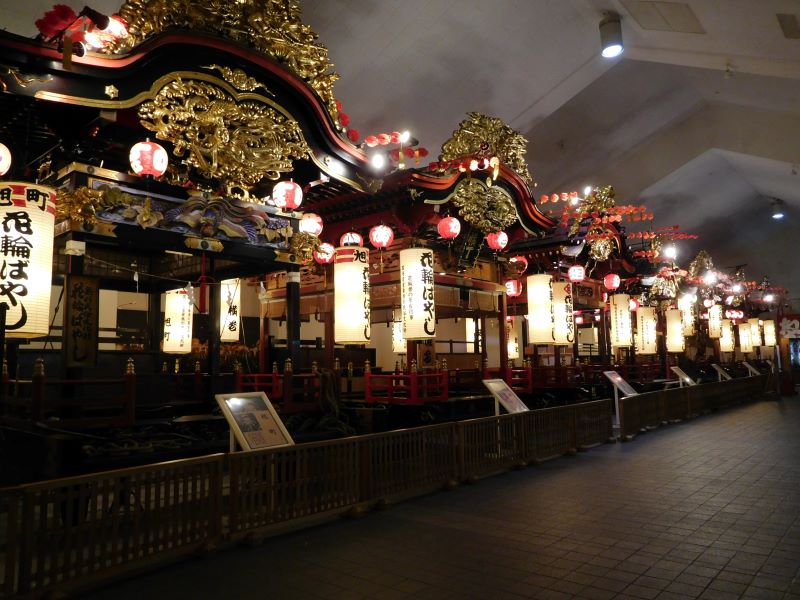
According to the calendar, autumn is from August 7th, the 24th solar term, to the day before November 7th, which is the 24th solar term, and if we apply this to Tohoku, then summer is held in various places in early August. The end of the festival marks the arrival of autumn.
In this article, according to the calendar, "autumn" starts from August 7th, and the festivals held after that are introduced as "autumn festivals."
What is the definition of festival?
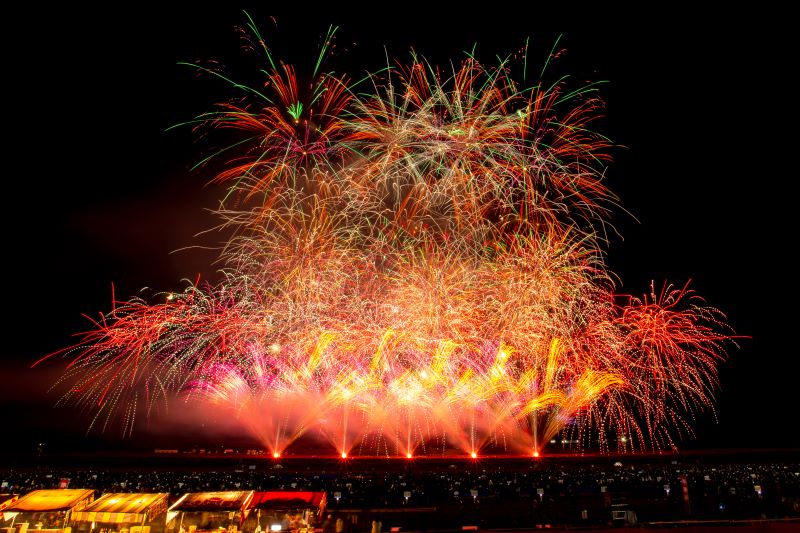
The definition of "matsuri" listed on Wikipedia is "the act (ritual) of worshiping the gods, Buddha, and ancestors for the purpose of gratitude, prayer, or solace."
On the other hand, there are ``music festivals'' and ``harvest festivals,'' which are different from traditional religious festivals, and events that enjoy music and local flavors are also considered ``matsuri'' in the general sense of the word. I am.
Nishiba Onnai Bon Odori (Ugo Town: August 16th to 18th)
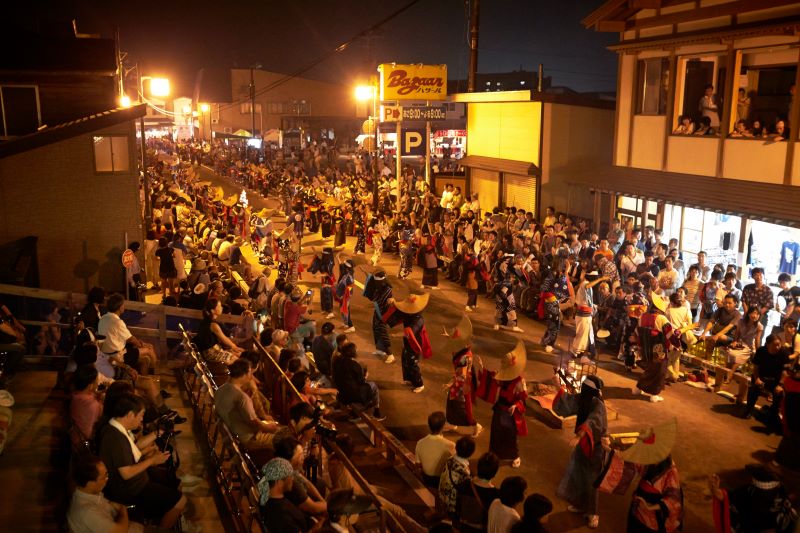
the Nishimonai of Ugo town , and the melancholy yet lively music and graceful dancing create a dreamlike atmosphere.
Japan's three major Bon dances , along with Tokushima's Awa Odori and Gifu's Gujo Odori , and was registered as a National Important Intangible Folk Cultural Property and a UNESCO Intangible Cultural Heritage in 2022 (Reiwa 4).
There are various theories about its origin, but the most popular theory is that it was a combination of a dance to pray for a bountiful year started by monks in training more than 700 years ago, and a dance of the dead to commemorate the Onodera clan that perished during the Sengoku period, resulting in the current Bon dance.
Unique costume that makes it impossible to see the dancer's face
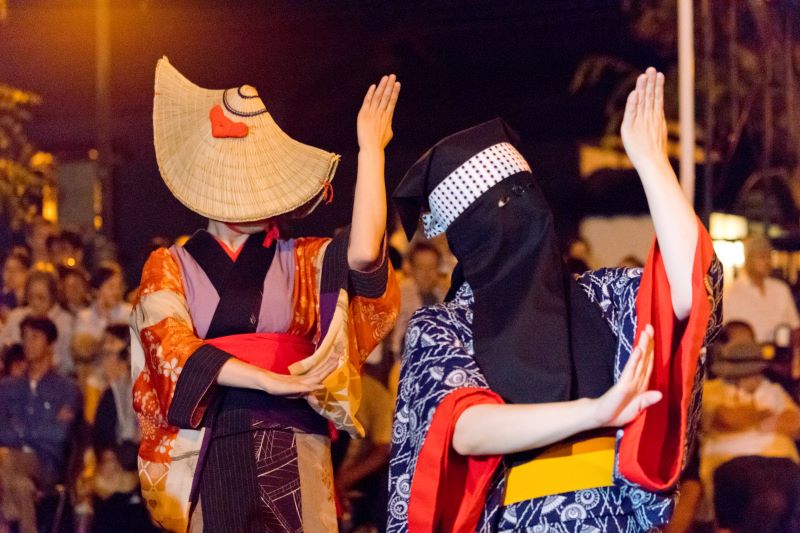
The costumes of the dancers are said to represent the appearance of the dead, and they dance with their faces hidden behind hoods and half-moon-shaped knitted hats.
Akita Obako is rumored to have many beautiful women, but perhaps this makes her seem even more mysteriously beautiful.
Hiko sash and indigo dyed yukata
Minor women a Hiko sazukin , and secure it with a bean squeezed tenugui as a headband.
A red or yellow cloth called ``shigoki'' is wrapped around the waist of the indigo-dyed yukata, which has distinctive red cuffs. For men, the basics are an indigo-dyed yukata and a Hiko sash, but some also wear a knitted hat.
Edge-stitched costumes and knitted hats
The adult women also wear deeply knitted hats so that their faces cannot be seen, and dance in costumes made of scraps of silk sewn together in a well-balanced manner called ``hanui.' '
The rule is to use the same pattern of fabric for the cuffs and hem of the hem and place them symmetrically.There are also edge stitches that have been passed down from generation to generation in each family, and being able to wear them is proof that you are considered a full-fledged person. has been.
Nishiba Onnai Bon Odori music and dance
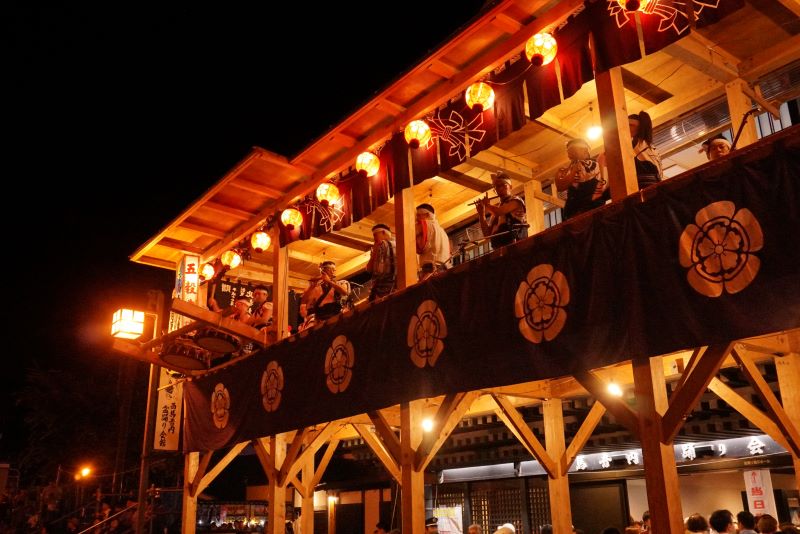
The music is composed of flutes, large drums, small drums, shamisen, drums, gongs, and singers of jiguchi '' and `` jinku
Bon Odori Kaikan in the center of the city serves as a music venue, bonfires are lined up on the road in front of it, and when the dancers gather together to play the `` yose-daiko '' to signal the start of the festival, they form a large circle and surround the bonfire. I'll dance.
There are two types of dances; in the comical ``jiguchi (lyrics) ondo'', which is similar to the ``Japanese rap'' Akita Ondo, the dancers dance gracefully while bending their fingers flexibly, and the gap between them is impressive.
The other song, ``Ganke,'' has a fast tempo and a melancholy ``Jinku.'' There is a sense of sadness in the way the performers hold up their index fingers, hold their feet, and spin gracefully as they dance.
Nishiba Onnai Bon Odori <Information>
- Name: Nishiba Onnai Bon Odori
- Event period: August 16th to August 18th every year (19:30 to 22:30, until 23:00 on the 18th only)
- Venue: Nishiba Onnai, Ugo-machi, Ogatsu-gun, Akita Prefecture (Honmachi Street)
- Contact: Ugo Town Hall, Future Industry Exchange Division, Tourism Exchange Group
- Phone number: 0183-62-2111
- URL: Nishiba Onnai Bon Odori General Guide (Ugo Town Official Website)
Nishima Onnai soba that can be eaten cold even in winter
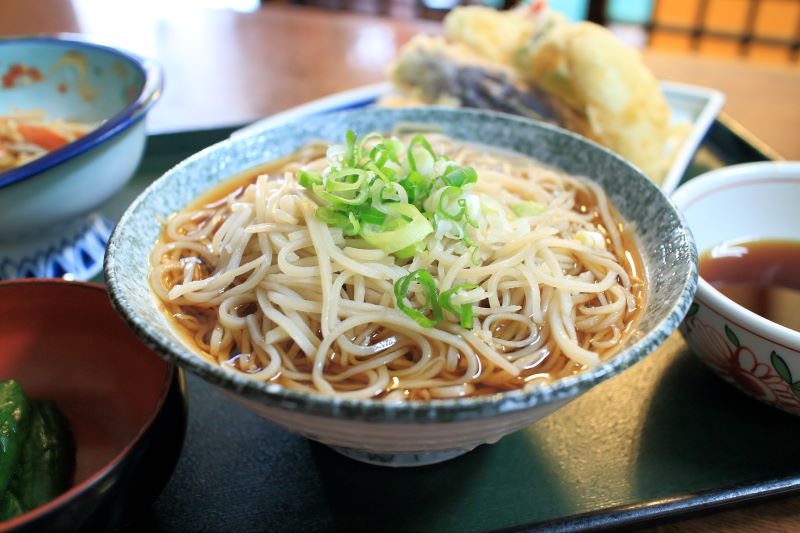
It is a chewy soba that uses the seaweed funori as a binder, and is served at seven soba restaurants in the town, including Yasuke Soba, which
It is ``hiigake'' soba, which is eaten with cold soup even in the cold season to enjoy it.
Nishima Onnai Soba<Information>
Hanawa Bayashi (Kazuno City Hanawa: August 19th to 20th)
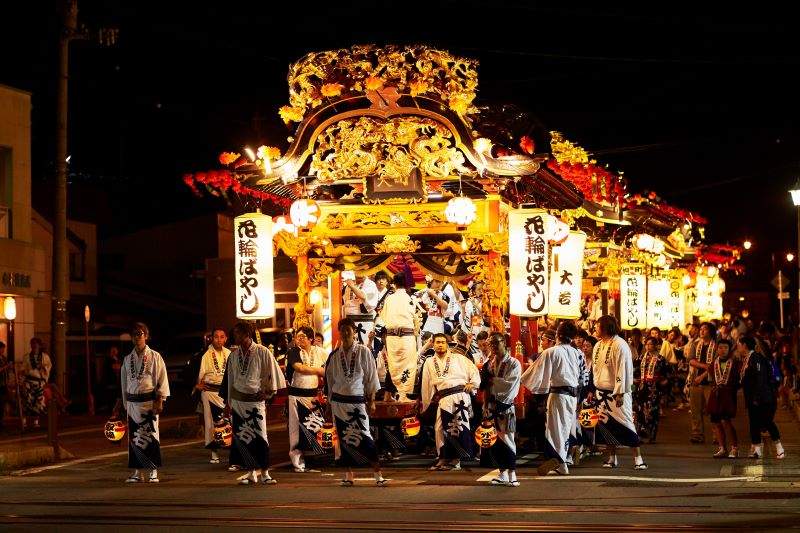
Hanawa Bayashi , which has been passed down in Hanawa, Kazuno City, a former Morioka domain territory, is Japan's three major musical accompaniments , along with Tokyo's Kanda Hayashi and Kyoto's Gion Hayashi .
It is a historical autumn festival that is said to have been continued since 1204 (Genku 1), when the shrine was built, as the music for the festival at Sachi Inari Shrine.
12 musical accompaniments played by 10 food stalls
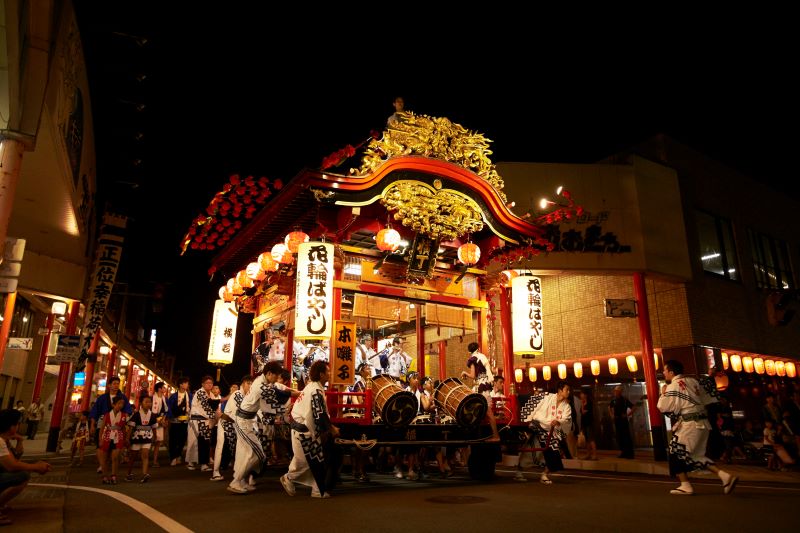
10 gorgeous and unique stalls will take to the streets, with performances of Honbayashi, Nihontaki, Ugenkyo, Kenko, Kiribashi, Yaguruma, Yoshiwara lattice, Kenbayashi, Fujita, Gion, Oikomi, and Shagiri. Twelve traditional songs will be played.
`` koshinure yatai ,'' have no bottoms, and the music performers inside the stalls perform while walking in time with the movements of the floats.
Station Front Event that begins around 8pm every night , and is a performance of Ohayashi performed by food stalls from each town who gather at the plaza in front of JR Kazuno Hanawa Station while playing the original Hayashi.

At that time, local performing arts such as ``Machi Odori'' are performed, and the excitement reaches its peak, and even after the event closes after 9pm, the food stalls continue to operate until the morning.
What is “Chozakai no Greeting”?
Each town `Diplomacy Department, diplomacy '' written on it , and this refers to the negotiations between the diplomatic departments that take place when stalls pass through other towns.
Usually, it is peaceful, as stalls from other towns that have been given permission to pass are seen off when they leave the town, but on rare occasions, negotiations become strained and a battle of musical accompaniments or " fighting stalls " occurs, where stalls are bumped into each other.
Hanawa Bayashi<Information>
- Name: Hanawa Bayashi
- Event period: August 19th to August 20th every year
- Venue: Hanawa, Kazuno City, Akita Prefecture
- Contact: Hanawabayashi Festival Committee Secretariat
- Phone number: 0186-22-6088
- URL: Hanawabayashi official website
Cheap and delicious deer antler hormone
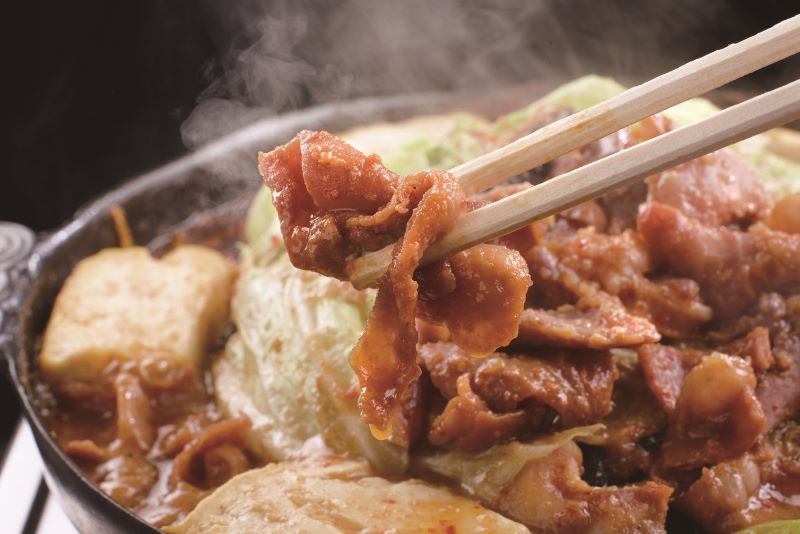
Akita's specialty " Kiritanpo ", is proud of its B-grade gourmet food, which is made by boiling and grilling offal such as pork intestines, mino, and heart in a sweetly seasoned miso and soy sauce-based sauce in a Genghis Khan pot. " Kazoku Hormone ".
If you put horumon and a large amount of cabbage or tofu in a pot, heat it up, scoop up the sauce that oozes out with a spoon, and pour it over the top while simmering, the flavor soaks into the cabbage or tofu and you won't be able to stop drinking beer or rice.
In Kazuno, `` Hormone Kouraku'' and ` `Hanachidori '' are considered to be two of the best, and there are several other restaurants in the Hanawa district.Hormone Kouraku also has stores in Morioka and other areas, and you can also order take-out or order online. can.
Kazuno Hormone<Information>
Kakunodate Festival Yama Event (Kakunodate, Semboku City: September 7th to 9th)
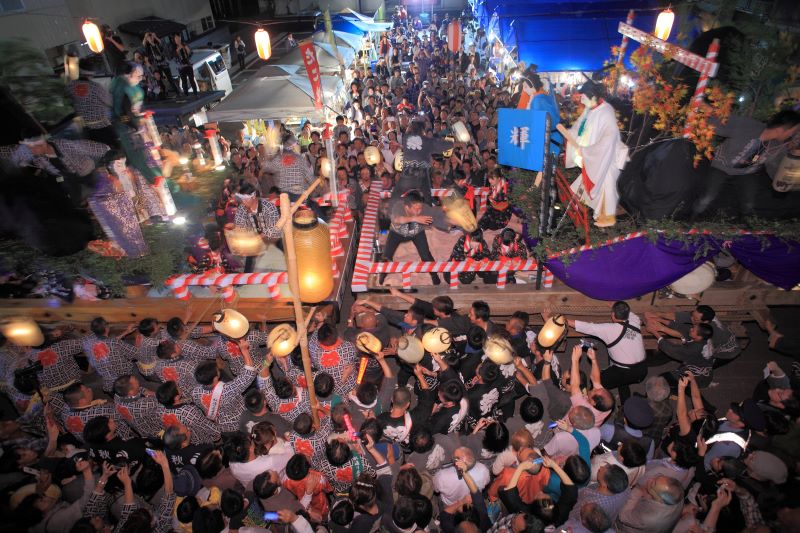
, which is known as a famous place for samurai residences and cherry blossoms , and has been designated as an important intangible folk cultural property.
Hikiyama (hikiyama) are operated in regional units called cho-nai (cho-nai), and the best highlight is `Yamabutsuke
However, this Yamabutsuke does not always happen, so a sightseeing Yamabutsuke will be held by designated floats on the 8th of Chunichi.
In addition to the floats, large floats will be displayed in front of the Shinmeisha torii gate, in front of Yakushido, the Tatemachi crossroads, Shimoshinmachi, and the station square.
Hikiyama and Hariban
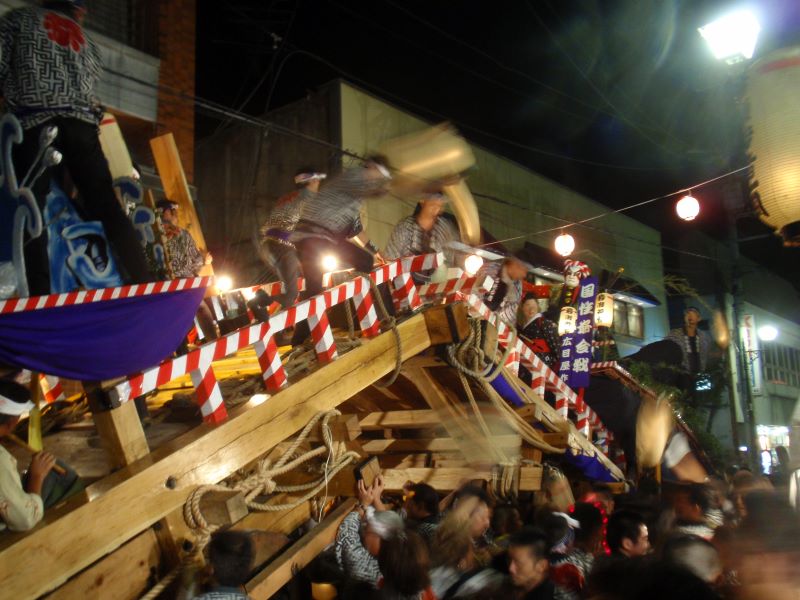
When Hikiyama floats decorated with samurai dolls, Kabuki dolls, etc. are in operation, the floats after visiting the shrine are called `` Kudariyama Uphill heading for worship, the ``Kudariyama'' gives way. There are manners.
Furthermore, it is Yamabutsuke '' is unlikely to occur due to the diplomatic negotiations carried out by the negotiators of the management organization called Hariban, but
Kazariyama Hayashi changes depending on the status of the Hikiyama
Oyamabayashi (Oyamabayashi), Yosehayashi (Yosedaiko), Uphill Hayashi , Dochuhayashi Descent Mountain Hayashi), Kudarifuji , , Kagura Hayashi , etc. each represent the state of operation of the Hikiyama, and during operation they are always It is being played.
There are many different styles of these elegant hayashi, each with their own subtle differences that you can enjoy.
Akita Auntie's hand dance

A stage is set up on the float, and selected dancers work in pairs to perform `teodori
The who dances with the ohayashi music is a highlight of the festival along Yamabutsuke
Kakunodate Festival Yama Event <Information>
- Name: Kakunodate Festival Yama Event
- Event period: September 7th to September 9th every year
- Venue: Kakunodate, Semboku City, Akita Prefecture
- Contact: Semboku City Tourist Information Center “Kakunodate Ekimaegura”
- Phone number: 0187-54-2700
- URL: Semboku City official website
“Okariba-yaki” loved by the Satake lord
The Satake Kita family, the lords of Kakunodate Castle, used to grill ducks and pheasants they caught during falconry and other activities and enjoy them on the spot.
It was renamed `` Okaribayaki '' and revived in modern times as a chicken dish with sansho miso sauce, and is now being served at restaurants in the town as Kakunodate's new soul food.
Okariba-yaki<Information>
summary
Akita's autumn festival is packed with attractions, but each of the venues introduced here has few lodging facilities and it is said that it is difficult to make reservations, so if you want to enjoy the festival in a leisurely manner, it is essential to make reservations early.
However, sightseeing tours are planned for festivals that are popular nationwide, such as Nishiba Onnai Bon Odori.
Although your freedom on site may be somewhat restricted, we recommend using them if it is difficult to make individual reservations.









![I was excited by my first Namahage! Local report of the 62nd Namahage Shibato Festival [Oga City, Akita Prefecture] 62nd Namahage Shiba Hill Festival](https://jp.neft.asia/wp-content/uploads/2025/02/PXL_20250209_0957265443-150x150.jpg)
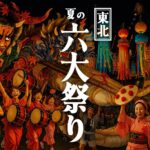
![[Tohoku Autumn Foliage Driving Map: Akita Edition] 3 Recommended Driving Courses and Local Cuisine! Akita Catch](https://jp.neft.asia/wp-content/uploads/2024/10/979a38324ff45520e274bdc0cee6df5e-150x150.jpg)
![[Yamagata and Akita Edition] Valuable ancient martial arts from the six Tohoku prefectures! What are the unique techniques still handed down today? Old-style martial arts (Yamagata and Akita edition)](https://jp.neft.asia/wp-content/uploads/2025/10/koryu03-150x150.jpg)
![[Akita] Cod is the star! Winter “Kakeo Festival” where you can enjoy lots of cod cod fillet](https://jp.neft.asia/wp-content/uploads/2018/03/345c9764e68ccb4b5e2f621f77ca13db-150x150.jpg)
![Hyakujiu Group Dance Photo Report (2025.04.26: Hidaka Fire Prevention Festival) [Oshu City, Iwate Prefecture] Hyakudou Group Dance (16)](https://jp.neft.asia/wp-content/uploads/2025/04/IMG_2690-EDIT-150x150.jpg)
![[Recommended Autumn Festivals: Aomori Edition] Introducing the Aomori autumn festivals and local gourmet food! Aomori Autumn Festival Catch](https://jp.neft.asia/wp-content/uploads/2024/08/5113a23dc13b4a4879e8916209d8913c-150x150.jpg)
![[Recommended Autumn Festivals: Yamagata Edition] Enjoy Yamagata's delicious autumn festival! 28_Shinjo Festival 1](https://jp.neft.asia/wp-content/uploads/2024/08/6ddf3aad6f42cace23ad41df9274d5da-150x150.jpg)
